A total of 4,763 delegates representing the Democratic Party are set to meet this summer between July 25-28 at the Democratic National Convention in Philadelphia, PA.
The process is this: voters choose a candidate, delegates (party officials, senators, congressmen, etc.) are chosen by the state to represent the voters, and those delegates go to Philadelphia and are bound to cast their vote depending on how their state voted.
However, 712 of those delegates are “superdelegates” who are not bound to vote for the candidate with the popular vote of their state. Superdelegates have the option of changing their vote at any time and for any reason right up to the convention.
The Republican Party doesn’t have a superdelegate system—although one could imagine the party establishment may be considering it now.
The Democratic Party put superdelegates into place in 1982 following 14 years of weak nominations.
Two events framed the party’s weak nominees: 1968 Democratic Convention in Chicago, and the landslide defeat of 1972 Democratic nominee George McGovern.
1968 Convention
In 1968, the context for the Chicago Convention was a three-way split between factions within the Democratic party.
There was Hubert Humphrey, Lyndon B. Johnson’s vice president, Senator Eugene McCarthy, the anti-Vietnam war candidate, and Senator George McGovern, who inherited the support of the then recently assassinated Robert F. Kennedy.

The party chose Humphrey, who sat out the primary season, and didn’t win a single state, but prevailed in the convention. This was viewed as a betrayal to the democratic process and a betrayal to the dissenting voices of the Vietnam war.
Richard Nixon handily defeated Humphrey winning 301 to 191 in the electoral college.
Following Humphrey’s defeat in 1968, the Democratic party nominated George McGovern in 1972 who only managed two wins in the general election to the incumbent Nixon in an historically embarrassing defeat.
McGovern was seen as a protest candidate, running on the platform of immediately ending the Vietnam War and giving guaranteed minimum incomes—both positions that proved too far outside of the Democratic Party establishment.
In 1976, President Jimmy Carter, a Democrat, won against the relatively weak President Gerald Ford who had taken over after the Watergate scandal forced Nixon’s resignation. In 1980, Carter lost in a landslide election for the Democrats to Ronald Reagan, winning only six states.
That brings us to 1982. The Democratic Party looked at their nominees since the 1968 election and decided that they needed a way to nominate candidates that had a chance in the general election.
The antidote was to give more power to party officials, and to make sure that a candidate like McGovern wasn’t elected. Thus, superdelegates were instituted in 1982 to make sure that the nominee had the approval of the party as much as it had the approval of the primary voters.
1984 Convention
The first time—and so far the only time—that superdelegates would make a direct impact in the convention was during the 1984 nomination of Walter Mondale.
Mondale had a plurality of delegates going into the convention—1,606 to Gary Hart’s 1,164, but he didn’t have the required majority. Superdelegates pushed Mondale’s delegate count to a majority at the convention, and he ended up with 2,191 votes or 56 percent.

Like McGovern, Walter Mondale lost an overwhelming defeat to the incumbent Republican, with Reagan beating Mondale in every state but Minnesota, the Democrat’s home state.
Since 1984, though, superdelegates have voted with the majority, and haven’t directly affected the election process.
However, voting with the majority also means shifting allegiance depending on which candidate has the support of the majority.
Hillary Clinton started the 2008 primary season against Barack Obama with a 2 to 1 advantage over Obama. However, after a string of wins by Obama including upsets in Iowa and South Carolina, superdelegates started falling in line behind the then-Senator from Illinois.

By February, a majority of superdelegates had shifted their support to Obama and with their support he got nominated at the convention, and successfully won against Republican John McCain in the general election.
In the 2016 election cycle, Hillary Clinton is in a similar position as in 2008, but has retained a vast majority of her superdelegate support against her rival Bernie Sanders, despite losing a few along the way.

The pledged superdelegate total shows Clinton with a 469-31 lead over Sanders out of a total 712.
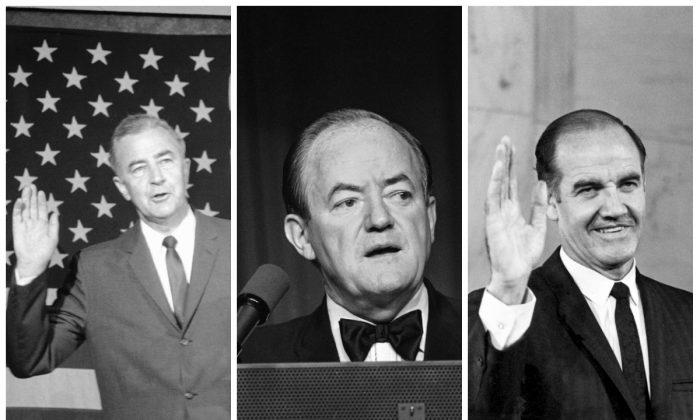
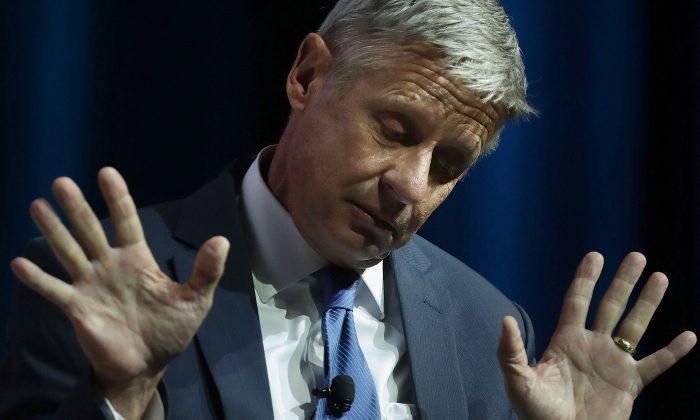
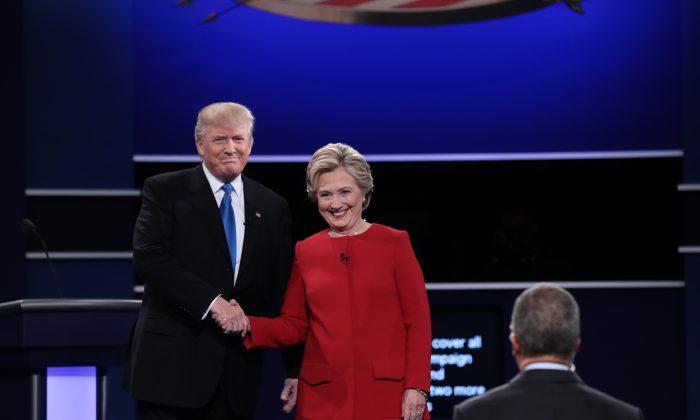
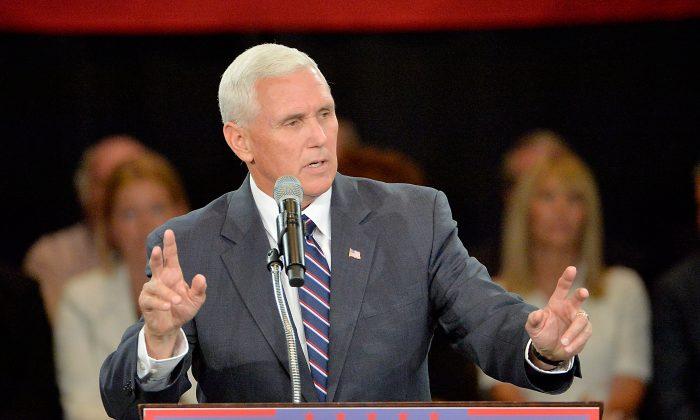
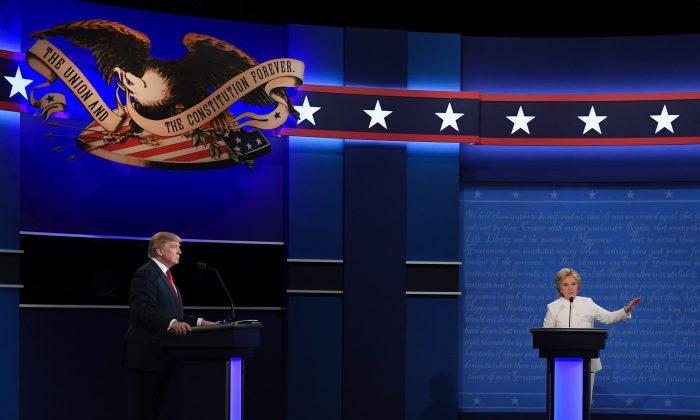
Friends Read Free